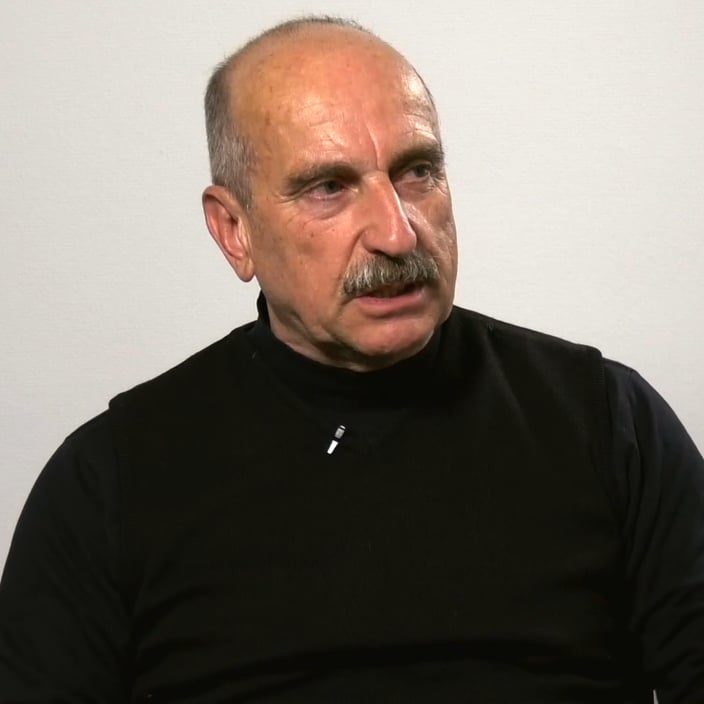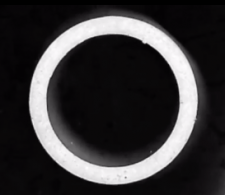Nikolaus Wegmann, Professor of German at Princeton University since 2006, is a Germanist and literary historian with a strong interest in media culture. He received his intellectual training at Bielefeld (Promotion 1984), Cornell University, and Köln (Habilitation 1998). He has taught German literature at Bielefeld and Köln and Media Cultures at Potsdam, the University of Television and Film Munich, and at the Institute for Media Culture and Theatre at the University of Cologne.

Authors | Nikolaus Wegmann
Articles on Amodern by Nikolaus Wegmann
BILDEN
The rich semantic field of the German‑language term bilden serves as a case study of the complex history of the connection between education and media/cultural technologies. First used in the technical context of craftsmanship (a potter making bowls), and then, from the 18th century onwards, in the context of art (the artist representing, giving form to the world and life experience), bilden means "to form, to give form" in German. From 1770 to 1830, in the context of Neo‑Humanism and Classicism, Bildung became a guiding principle for the individual and society, referring to the ideal of gaining a broad education as a human being, free of any specific or technical purpose. The semantic legacy in education of both dimensions of bilden – the technical and the idealistic — is visible within the 20th century and beyond in a variety of cases, from Sidney L. Pressey’s 1920s teaching machine, to the so‑called ‘language labs’ of the 1950s‑70s, to the contemporary phenomenon of MOOCs (Massive Open Online Courses).
INSTRUCTIONS FOR USE
A “Historical Dictionary of Media Usage” that takes itself seriously will have something to say on its own intended use. Translated from the Historisches Wörterbuch des Mediengebrauchs – a recent encyclopedic publication from Germany – these “Instructions for Use” consider the dictionary’s functionality in its own historical context and introduce the uniform heuristic structure that organizes its entries.





